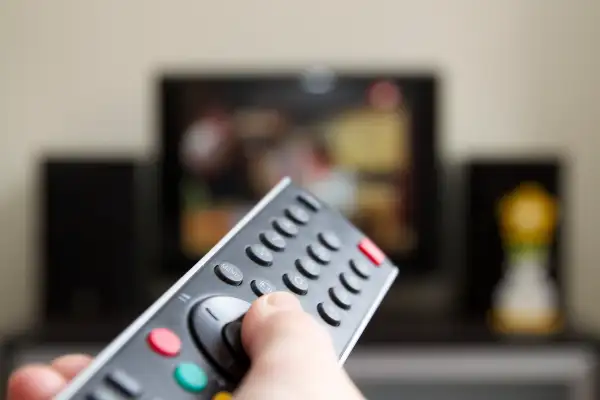Here Are the 3 Most Aggravating Things About Your Cable TV Bill

The pay TV industry is awash in companies renowned for awful customer service, ranking on consumer satisfaction surveys right up there—or rather, down there—with airlines, health insurers, and local utility companies.
It's hardly a surprise, then, that subscribers have huge problems with the billing practices of Comcast, Time Warner Cable, Charter, DirecTV, and the rest of the cable/pay TV field. Even so, it's worth taking a look at a new Consumerist story detailing "The 3 Big Things We've Learned About Your Cable Bill."
The post is a summarization of the lessons learned in the course of closely examining every line item and all of the confusing fine print in a variety of cable bills from all the major players, including Verizon FiOS, Charter Cable, AT&T U-verse, and of course, Comcast—or as the company has tried to rebrand its service, Xfinity. It's annoying enough to glance at your own cable bill and try to make sense of it. So we whole-heartily appreciate the yeoman's work done by Consumerist in this worthwhile endeavor. (Better them than us!) While you should check out the story itself for all of the nitty-gritty, here are the three big takeaways:
Extra fees are absurd and all too common. Subscribers are paying 15% to 30% above their base rate thanks to a range of extra charges, including state and local taxes and fees, maintenance fees, regional sports fees, and the beyond-annoying, arguably unnecessary cable box fees. In many cases, the fees represent a way for the cable company to double dip—as with Comcast charging extra fees for regional sports packages and passing along the revenues to … Comcast-owned sports channels.
Read Next: How to Watch All the TV You Want Without Paying a Cable Bill
Cable bills can be frustratingly opaque and vague. Many providers lump multiple fees into one line item, so it's basically impossible for customers to know what they're paying for. It's also unclear what exactly it is you're paying for with vague items like "equipment" and "franchise" fees.
The best subscribers get ripped off. It's no news to us that the most hated, aggravating practice of all in cable-and-Internet service billing is the one that favors new subscribers over loyal, longstanding, uncomplaining customers. As the Consumerist put it plainly, "new customers are getting better packages, for less money, than existing customers."
The researchers routinely found that older customers paid $10 or $25—and even as much as $75—more for the same bundle offered at a discount to new customers. This is an industry-wide business model, in which customers are lured in with low rates before regularly being clobbered with steady price increases.
To avoid getting gouged, the consensus personal finance advice is to periodically dial up and threaten to cancel your subscription in order to renegotiate better terms. Unfortunately, because there is such little competition in much of the country, with vast areas controlled by a single pay TV provider, it's often impossible to switch to a competitor. In that case, your only true negotiating tactic is to dump cable and become a cord cutter, using an HD antenna and the Internet for all of your TV viewing.
Read Next: If Comcast Did This One Thing, So Much Customer Hate Would Vanish
What's aggravating about this strategy is that, too often, the only Internet provider in your neck of the woods is the same company monopolizing the local cable TV market.
